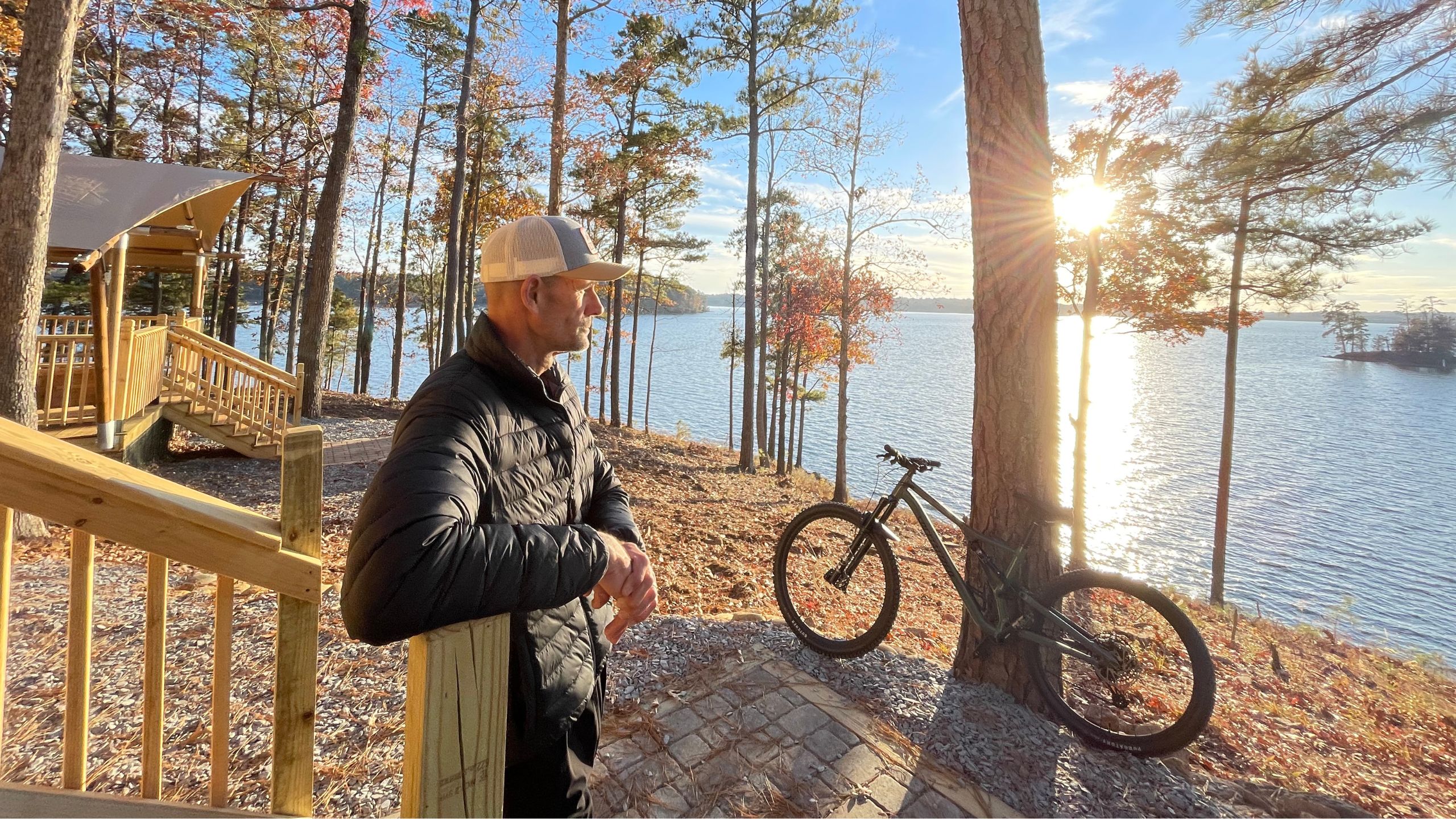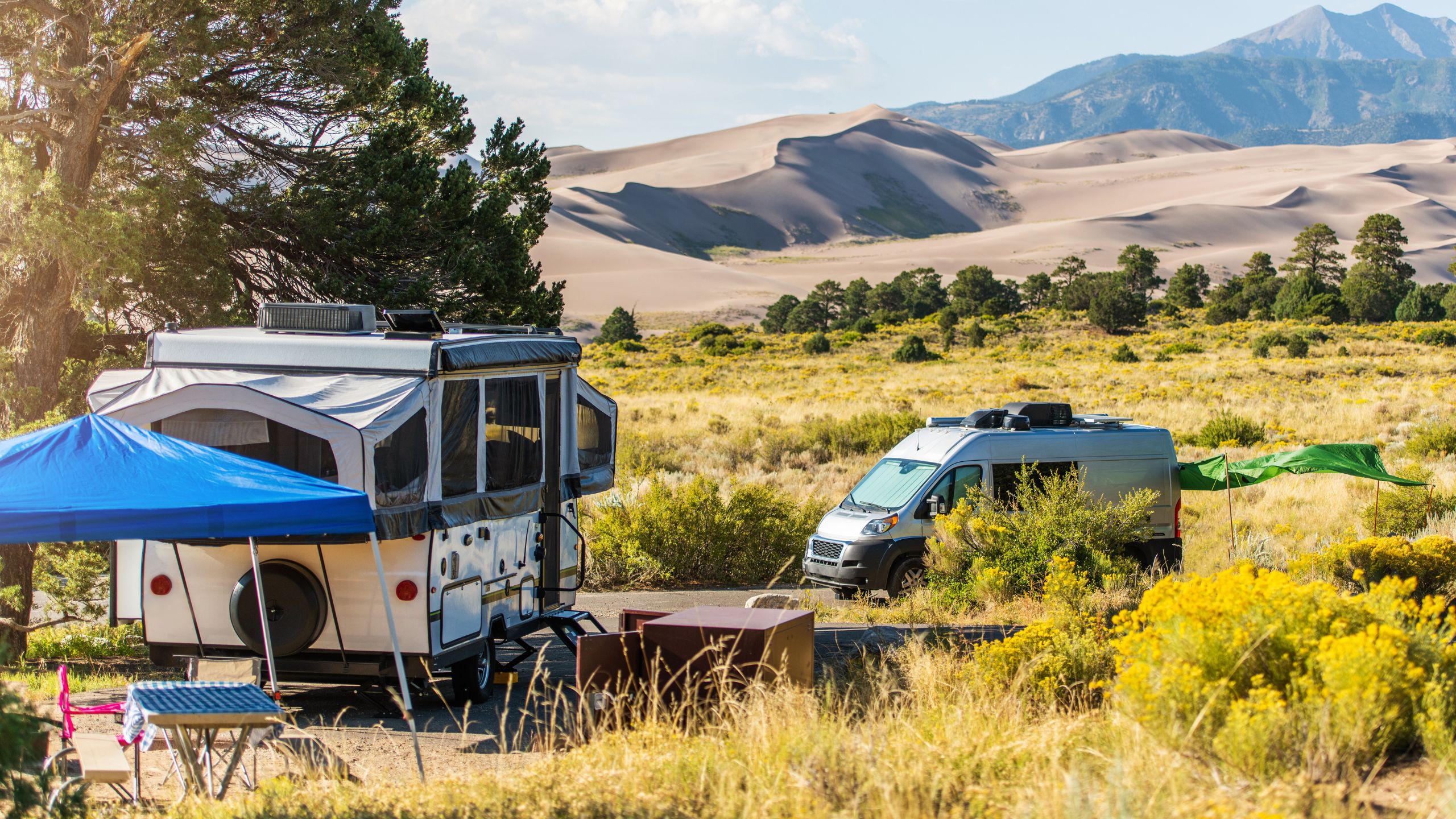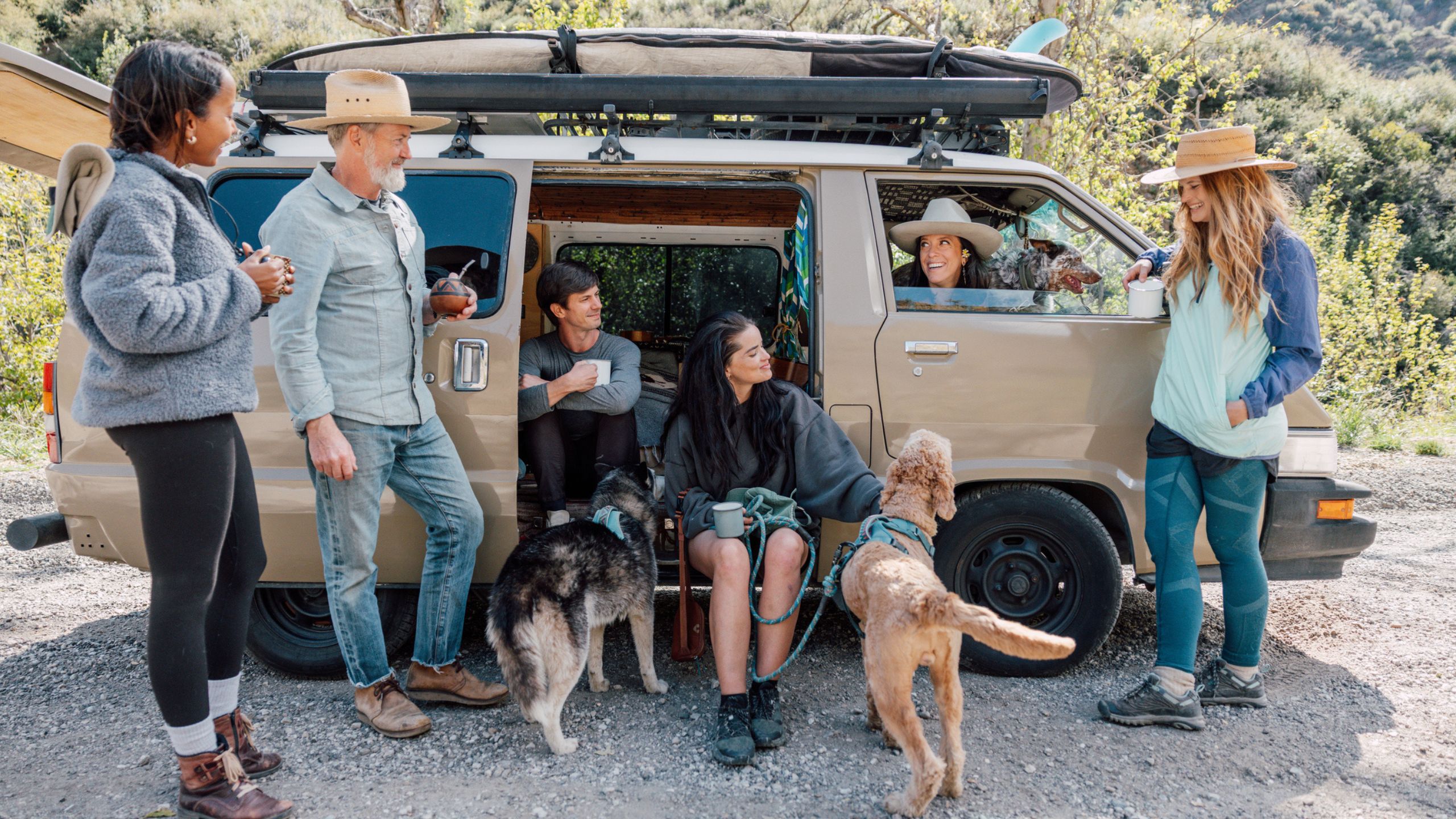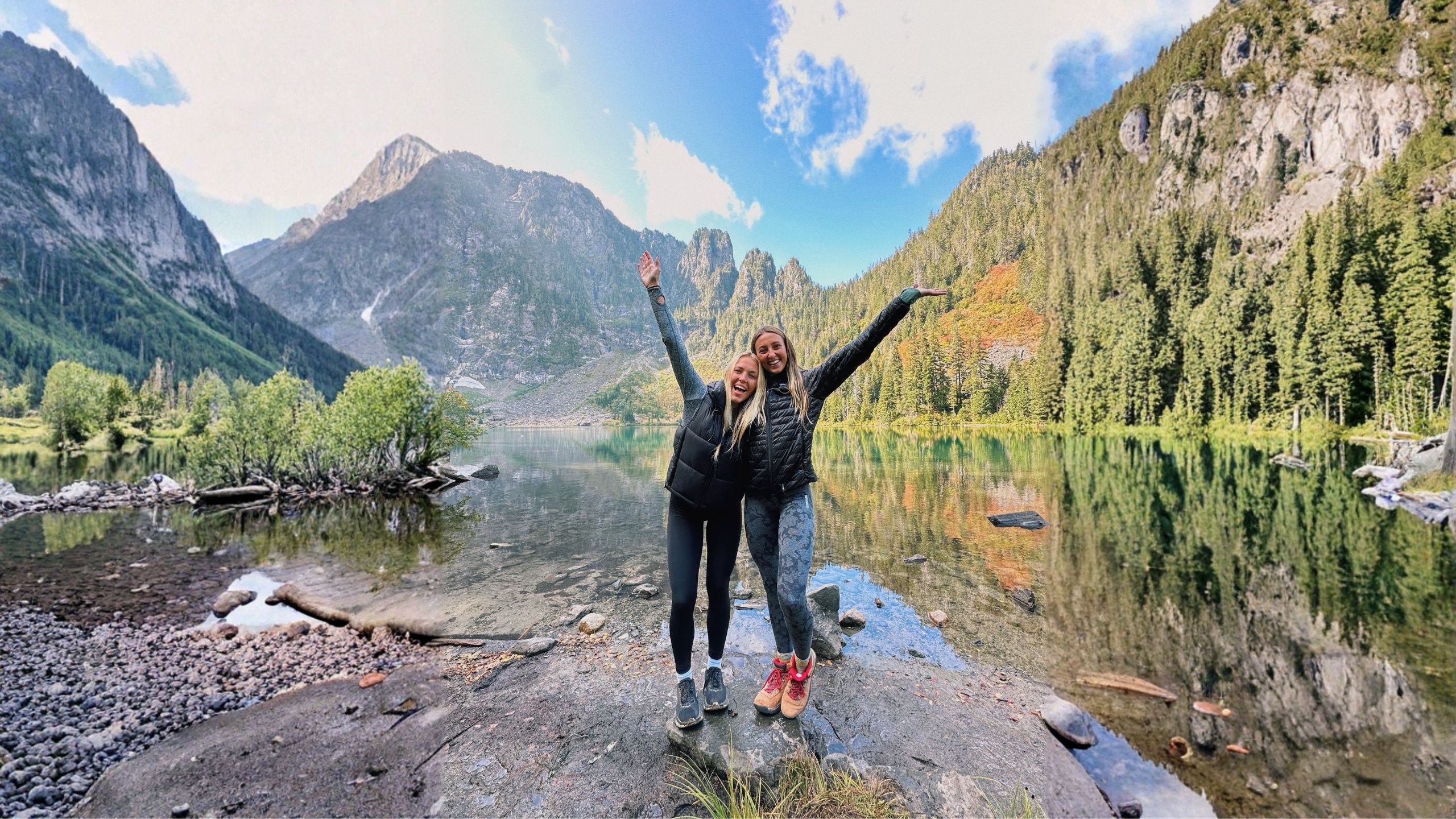
How to Use Photography and Video to Sell the Experience, Not Just the Site
When a potential guest lands on your website, they don’t want to see a row of empty RV sites or a dimly lit cabin shot from 2008. They want to feel what it’s like to stay at your property.
Your visuals are your sales team. They either inspire bookings or send guests clicking to competitors. In fact, research shows that travelers are 150% more likely to book when websites feature high-quality photos and videos.
So, how do you use photography and video to sell not just your sites, but the entire guest experience? Let’s break it down.
1. Guests Don’t Book Features — They Book Feelings
A site description might say: “30-amp hookups, picnic table, Wi-Fi.” That doesn’t move anyone. A photo of a family making s’mores under string lights does.
📌 Rule of thumb: Every visual should answer: What does it feel like to stay here?
- Instead of showing an empty yurt, show a couple wrapped in blankets on the porch at sunrise.
- Instead of an overhead shot of your RV park, show kids biking past sites while parents grill.
- Instead of a bare cabin interior, show steaming mugs of coffee by the fireplace.
Example: AutoCamp nails this with imagery that sells a lifestyle. Their photos rarely show “just a trailer.” They show people laughing, sipping wine, and watching sunsets outside sleek Airstreams.
Takeaway: Don’t document. Inspire.
2. Professional Photography Pays for Itself
Yes, professional photos cost money. But poor visuals cost you bookings.
📊 Industry Stat: 67% of travelers say photos are the most influential factor when choosing accommodations.
Why pros matter:
- They understand lighting and composition.
- They stage spaces to feel warm and inviting.
- They capture lifestyle moments, not just architecture.
Example: Getaway cabins built an entire brand on minimalist but emotional imagery. Every photo feels calming, intentional, and shareable. That’s no accident — it’s the result of professional brand photography.
📌 Action Step: Hire a photographer who specializes in hospitality or real estate. Refresh your photos every 2–3 years.
3. Video Brings the Experience to Life
Photos capture a moment. Video captures the journey. With short-form video dominating platforms like Instagram and TikTok, video marketing is no longer optional.
What to film:
- Arrival: Guests pulling in, greeted by friendly staff.
- Ambience: Drone footage of your property at sunset.
- Experiences: Families around a campfire, couples hiking nearby trails, kids enjoying the pool.
- Stays: Walkthroughs of cabins, yurts, or Airstreams.
Example: Under Canvas uses cinematic video to highlight the atmosphere of their safari tents near national parks. Their clips make you want to book a stay immediately.
📌 Action Step: Start simple. Even 30-second clips shot on a modern phone can perform well on social media if they feel authentic and well-edited.
4. Showcase Seasonal Experiences
Your property changes with the seasons. Your visuals should too.
- Fall: Colorful foliage, cozy firepits, chili cook-offs.
- Winter: Heated cabins, hot tubs, holiday lights.
- Spring: Wildflowers, families exploring trails.
- Summer: Pool parties, kayaking, kids roasting marshmallows.
Example: KOA updates marketing visuals to reflect seasonal demand, keeping content relevant and fresh.
📌 Action Step: Build a seasonal visual library so you always have fresh photos for marketing campaigns.
5. Prioritize People Over Property
Empty sites don’t sell. People enjoying your property do.
📌 Why lifestyle shots matter:
- Guests want to imagine themselves in the scene.
- Photos with people get higher engagement on social media.
- They create emotional connection.
Example: Hipcamp listings with guest-submitted photos consistently perform better than those with only host-uploaded images. Authentic moments — kids fishing, couples relaxing, families cooking — drive bookings.
📌 Action Step: Create 70/30 balance: 70% lifestyle photos with people, 30% property shots.
6. Optimize for Your Booking Funnel
Not all visuals belong everywhere. Match the right media to the right stage of the booking journey.
- Website: High-quality photography + video tours.
- Social Media: Lifestyle moments, behind-the-scenes, short-form video.
- Email Campaigns: Seasonal imagery that promotes urgency (“Book your fall escape now”).
- Paid Ads: Bold, scroll-stopping visuals with strong calls to action.
Example: AutoCamp uses cinematic video ads to drive discovery, while their website features professional photography that converts interest into bookings.
📌 Action Step: Audit where your visuals live. Are they aligned with the stage of the funnel?
7. Avoid Common Visual Mistakes
Too many properties lose bookings because of bad visuals. Don’t be one of them.
🚫 Mistakes to avoid:
- Dark, blurry, or poorly lit photos.
- Empty spaces with no people.
- Cluttered backgrounds or outdated décor.
- Inconsistent photo style across your site and social channels.
📌 Action Step: Refresh old photos, remove low-quality content, and create a consistent visual style guide.
Final Thought
Guests don’t book your hookups or your square footage. They book how your property makes them feel.
Photography and video are the most powerful tools you have to sell that feeling. Done right, they elevate your brand, increase your nightly rates, and turn browsers into booked guests.
Invest in visuals, focus on lifestyle storytelling, and keep your content fresh. Because in today’s outdoor hospitality market, your photos and videos aren’t decoration — they’re your most important sales tool.👉 Want a visual strategy that drives bookings? Request a free Visual Audit with Meet at Basecamp.






Leave a comment: